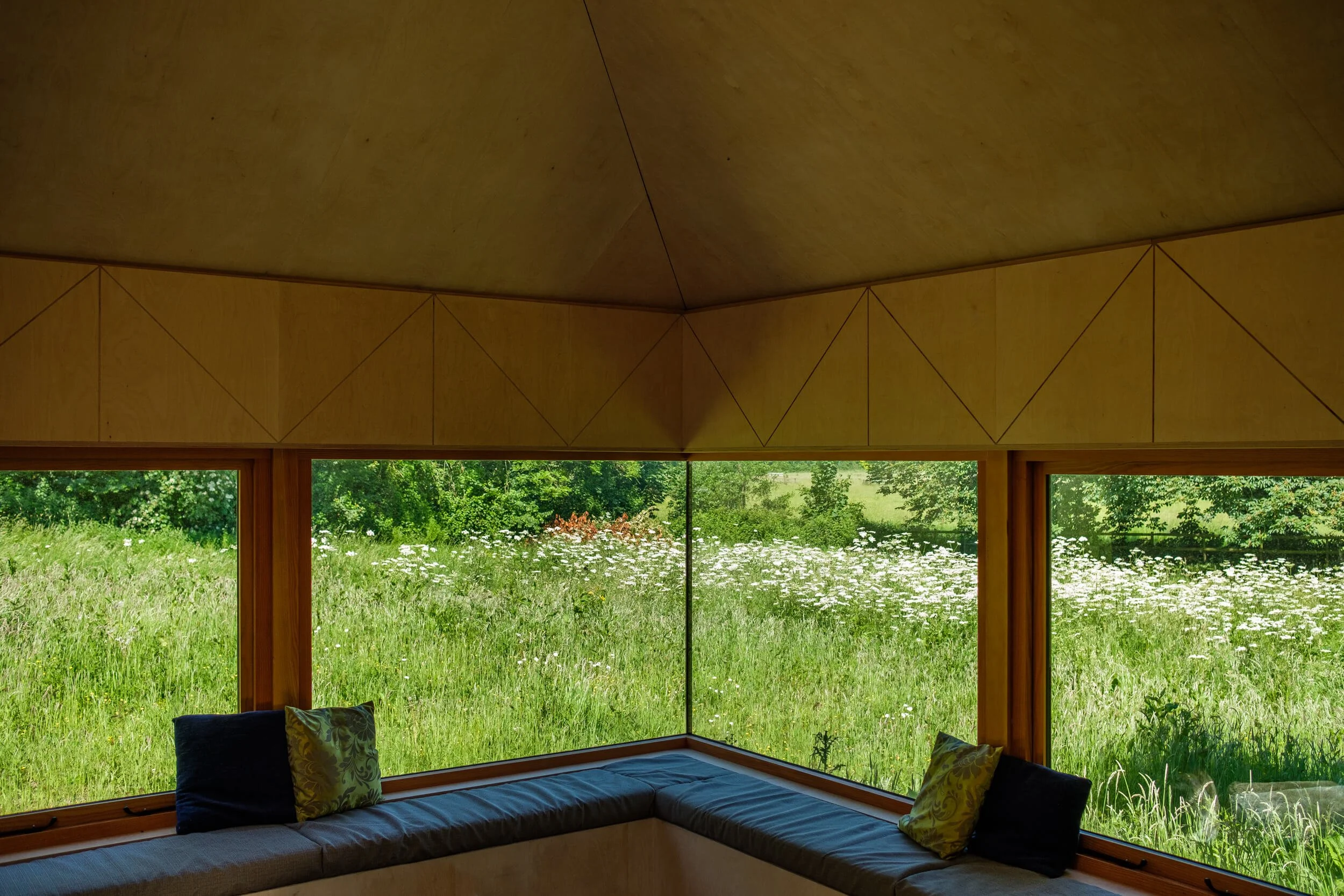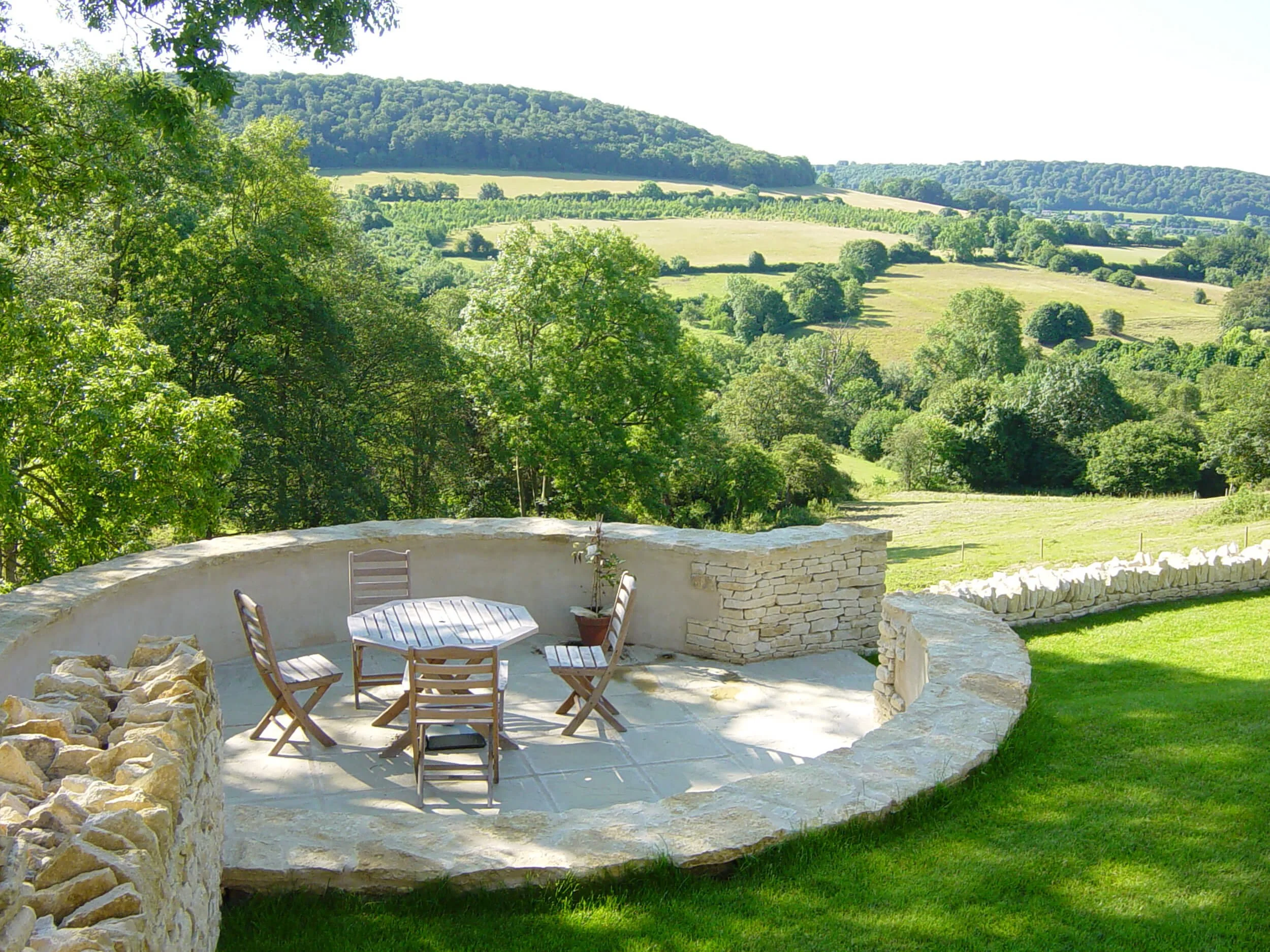Adding value to projects through landscape design
For many commercial clients planning to develop or improve a site, landscape design is a finishing touch to a building project. However, involving a landscape architect from the very beginning can be transformative for a project.
A storytelling approach
Unlike the 1960s Brutalist movement which was all about the building with little consideration for the surrounding environment, landscape architecture is about place-making: making a mark on a space with deep consideration for the cultural history, biodiversity and physical landscape of a specific place. For example, the materials used for the hard landscaping may connect to the industries that thrived in the local area in the past. The choice of planting can connect to the local traditions of orchards, hedgerows and ancient woodlands, connecting the present to the past and in so doing conserving the natural heritage of the area. This approach to design is often attractive to buyers and clients who are drawn to the stories behind the project and helps persuade the planning authority why a development must be rooted in a particular place rather than somewhere else. The detailed planting and landscape management strategies also avoid lengthy discharge of conditions.
Continuity in design
Landscape architects consider how people are going to use, approach, move around and be in a building and the surrounding environment. This people-centred approach also creates a seamless continuity between the inside and outside.
Softening and welcoming
A beautiful building is always enhanced by sensitively placed planting that softens hard corners, creating a welcoming feeling - encouraging people to linger for longer and in a retail environment, this encourages a larger spend at the till. Plants also play a big role in our mental and psychological well-being, lowering heart rate and reducing stress levels, which is why bringing nature as close as possible to, or even into the building is so important.
Increased wellbeing
Landscape architects are always considering how to place trees and plants so they can best function to help purify the air, creating an environment that is better for lung health and concentration. In cities tree canopy provides a cooling effect, making the streets more comfortable to navigate on hot days. When used as part of a SuDS scheme tree leaves slow rainwater run-off and their roots soak up stormwater, reducing the effects of flooding.
Creating moments
Landscape architects pay close attention to how the space surrounding a building can be best used and enjoyed. Value is often added when an area cleverly transforms from one use to another depending on the time of day. Think of a play area that transforms from day to night: by day a place for children to run though the long grass, balance on logs and tumble-down mounds - by night the perfect spot for grown-ups to watch the sunset with a cool drink, whilst sitting around a fire bowl.
You can download the concept design below for a real-life example of landscape architecture enhancing a commercial development, in this case, a beautiful Cotswolds pub.




